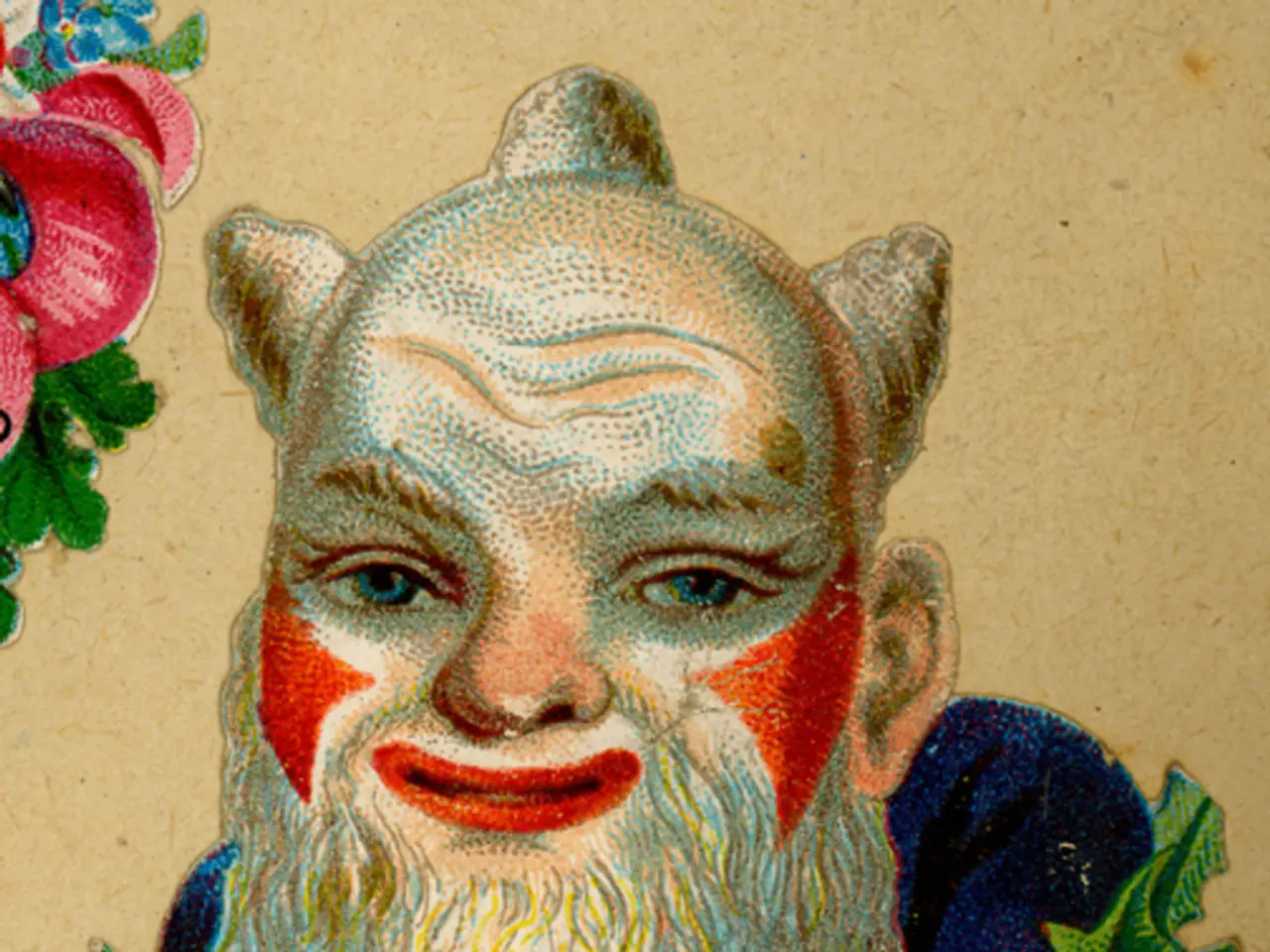Spur Inspiration in Art: Simple Watercolor Techniques for Artistic Novices
In the world of art, watercolor painting stands out as a captivating and versatile medium. For beginners, navigating this new territory can seem daunting, but fear not! This guide will introduce you to essential tools and techniques that will form a solid foundation for your watercolor journey.
Firstly, let's discuss the essential tools for a beginner in watercolor painting. A basic set of watercolor paints, such as Winsor & Newton Cotman, is recommended. To apply these paints, you'll need a selection of brushes, typically three sizes—small (e.g., size 2), medium (e.g., size 6), and large (e.g., size 12)—to cover details and washes. Round brushes, flat brushes for washes, and fine brushes for detail are common choices.
A crucial aspect of watercolor painting is the paper you choose. Use cold-pressed, heavyweight (around 300gsm/140 lb) watercolor paper to avoid warping. Cold-pressed is textured and preferred for beginners. A palette for mixing colors is also essential, along with at least two jars—one for clean water, one for rinsing brushes.
Other tools include a simple pencil for sketching out designs before painting, an eraser (especially kneaded eraser), and a sharpener. Paper towels or old cloths for blotting, masking tape to hold paper, and optionally salt or spray bottles to experiment with textures are also useful.
Now, let's delve into some basic watercolor techniques beginners should practice. Transparencies and layering are key to building color intensity gradually. Gradients/washes help create smooth color transitions from dark to light. Brushstroke control is essential for creating different types of lines and shapes by varying pressure. Monochromatic painting, using one color to understand values and tonal changes, is also beneficial.
Experimenting with primary colors (red, yellow, blue) helps beginners understand how they combine to form other colors. Paying close attention to the direction of light and how it influences the hues and saturation in a painting is crucial when exploring color gradients in watercolor painting.
For those interested in realistic character painting, practicing facial features and expressions is vital in bringing characters to life. Understanding shadows improves facial depiction. Experimenting with eyebrow positions and eyelid shapes can drastically alter an expression.
Starting with simple subjects like flowers, trees, fruits, plants, butterflies, or fish is recommended for beginners. As your skills progress, you can venture into more complex forms and landscapes, such as skyscapes and landscapes.
Remember, practice is key! Using a practice sheet to test how water affects the pigments and practice achieving the right saturation is beneficial for beginners in watercolor painting.
By following these tips and practicing regularly, you'll be well on your way to mastering the art of watercolor painting. Happy painting!
[1] https://www.winsornewton.com/uk/en/artists/beginners [2] https://www.dickblick.com/articles/watercolor-basics-for-beginners/ [3] https://www.artistnetwork.com/art-lessons/watercolor-painting-for-beginners/ [5] https://www.dickblick.com/articles/watercolor-techniques-for-beginners/
- To supplement your watercolor painting skills, consider exploring resources for beginners such as the Winsor & Newton Beginner's section or Dick Blick's watercolor basics and techniques articles.
- Don't limit your artistic prowess to just watercolor; delve into other aspects of lifestyle like fashion-and-beauty, food-and-drink, home-and-garden, or even write about relationships, pets, travel, cars, education-and-self-development, or personal-growth to enhance your personal growth.
- Including watercolor paintings in your home decor can elevate your home's aesthetic and transform it into a more welcoming and inspiring space - shop for watercolor art prints or experiment with creating your own masterpieces.
- Your watercolor skills could potentially expand into the fashion industry, granting you opportunities to design and create unique fashion-and-beauty products like clothing, makeup, or accessories that captivate audiences worldwide.
- Mastering watercolor techniques can also lead you to teach workshops, classes, or tutorials on learning new skills, whether in a physical classroom or an online setting.
- Apart from painting, incorporate watercolors into your meal presentation to make your food-and-drink creations more visually appealing for shopping apps or restaurants.
- Travelling to picturesque landscapes and capturing them in watercolor can become a unique and memorable way to commemorate your journeys, helping you remember your experiences with a personal touch.






